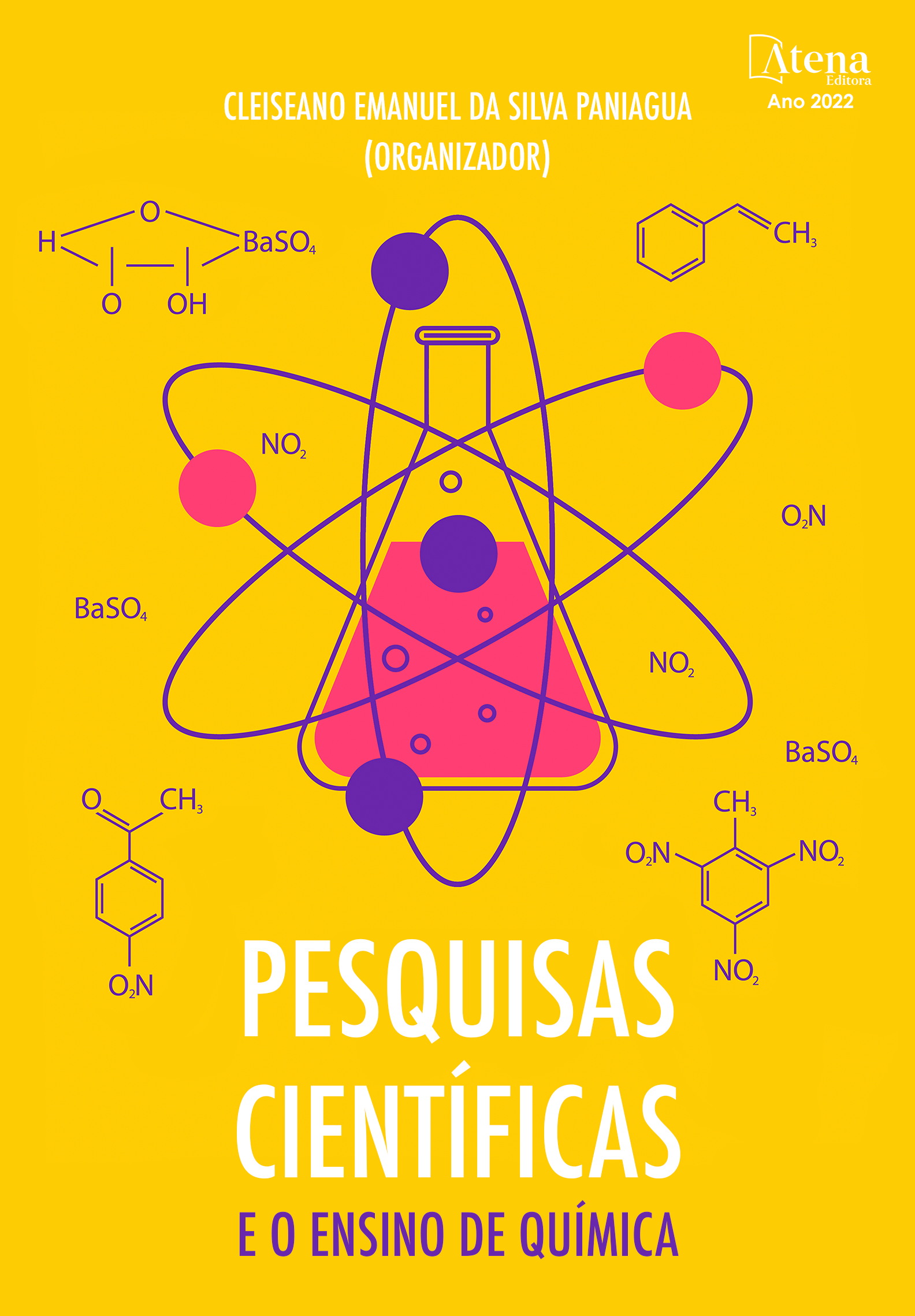
ESTUDO DA ATIVIDADE FOTOPROTETORA DE EXTRATOS DE CAULE, FLOR, RAIZ E FRUTOS DE CACTO XIQUE-XIQUE (PILOSOCEREUS GOUNELLEI)
Devido à resistência das plantas da Caatinga ao sol intenso, acredita-se no seu potencial fotoprotetor contra a radiação ultravioleta (UV), capaz de degradar moléculas da epiderme humana. Tal condição pode progredir ao fotoenvelhecimento e ao câncer de pele, mais frequente dentre os casos de câncer registrados no Brasil e no mundo, equivalente no país, em média, a 27% dos tumores malignos diagnosticados (BRASIL, 2020). Assim, o desenvolvimento de filtros solares, para prevenir os efeitos dos raios UV, com alto fator de proteção solar (FPS), utilizando menos constituintes químicos sintéticos, é um dos alvos de interesse científico. Dessa forma, este estudo busca avaliar a atividade fotoprotetora dos extratos de flor, fruto, raiz e caule da espécie Pilosocereus gounellei, cacto xique-xique, a fim de associá-los a filtros sintéticos em antissolares de baixo custo, além de incentivar o plantio do cacto para a reversão de sua exploração ecologicamente insustentável. Na pesquisa, aplicada, experimental e quantitativa, foram coletadas amostras no município de Igaci, Delmiro Gouveia e Minador do Negrão, em Alagoas, Brasil e os extratos obtidos por maceração etanólica. Os extratos foram avaliados, in vitro, em espectrofotômetro (UV/VIS), determinando comprimento de onda e absorbância máxima. Analisou-se, ainda, o teor de flavonoides totais dos extratos, sob metodologia de Chabariberi et al. (2009) em espectrofotômetro, obtendo-se baixos valores frente ao padrão utilizado. Foi analisado, então, o FPS dos extratos, segundo Mansur et al. (1986). Os resultados constataram que, com base no Regulamento Técnico Mercosul sobre Protetores Solares em Cosméticos (ANVISA, 2012), os extratos de fruto maduro, flor e raiz de Igaci e de Delmiro Gouveia apresentam alta atividade fotoprotetora. Ademais, a variação dos resultados quanto ao local do plantio foi diminuta, garantindo a reprodutibilidade dos metabólitos do cacto.
ESTUDO DA ATIVIDADE FOTOPROTETORA DE EXTRATOS DE CAULE, FLOR, RAIZ E FRUTOS DE CACTO XIQUE-XIQUE (PILOSOCEREUS GOUNELLEI)
-
Palavras-chave: Produto natural; Fotoproteção; Pilosocereus gounellei; Cacto Xique-Xique; Sustentabilidade.
-
Keywords: natural product, photoprotection; Pilosocereus gounellei, Xique-Xique cactus, sustainability.
-
Abstract:
Due to the resistance of caatinga plants to intense sun, its photoprotective potential against UV, which is capable of degrading molecules of the human epidermis, has been drawing attention. This condition can progress into photoaging and skin cancer, more frequent among the cancer cases registered in Brazil and in the world, equivalent in this country, on average, to 27% of the malignant tumors diagnosed (BRASIL, 2020). Thus, the development of solar filters, to prevent the effects of UV rays, having a high solar protection factor (SPF), using fewer synthetic chemical contents, is one of the targets of scientific interest. Hence, this study seek to evaluate flower extracts’ photoprotective activity of flower, fruit, root and coil estracts pertaining to the species Pilosocereus gounellei, xique-xique cactus, in order to associate these synthetic filters in antisolares of low cost, besides stimulating the cactus planting to revert its ecologically unsustainable exploration. During this research, applied, experimental and quantitative, samples were collected in the cities of Igaci, Delmiro Gouveia and Minador do Negrão and the extracts were obtained by ethanolic maceration. The extracts were evaluated, in vitro, in a spectrophotometer (UV/VIS), determining wavelengths and maximum absorbance. Also, the percentage of total flavonoids in the extracts was analyzed using a spectrophotometer, methodology previously reported by Chabariberi et al. (2009), obtaining low values in comparison with the pattern used. Thus, it was analyzed the SPF of the extracts, following the methodology reported by Mansur et al. (1986). The results verified that, based on the Mercosul Technical regulation on solar protection in cosmetics (ANVISA, 2012), the extracts of mature fruit, flower and roots from Igaci and Delmiro Gouveia presented high photoprotective activity. Moreover, results divergences considering different planting sites were detrimental, ensuring the production of cactus metabolites.
-
Número de páginas: 15
- Jésu Costa Ferreira Júnior
- Deyse Maria Dantas Moura


